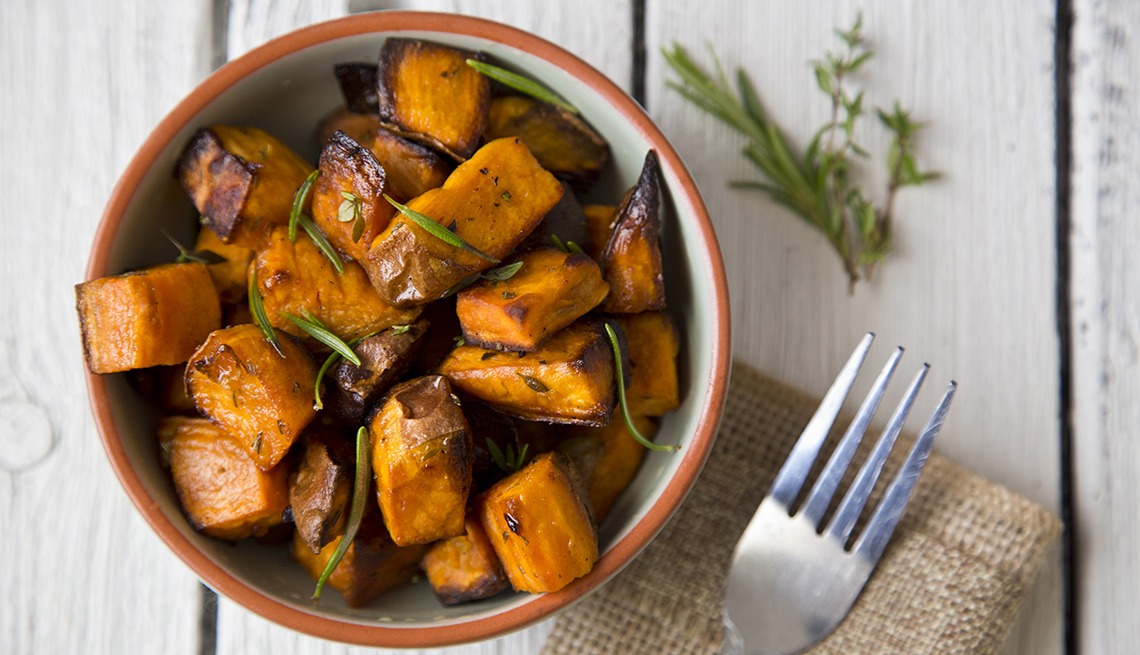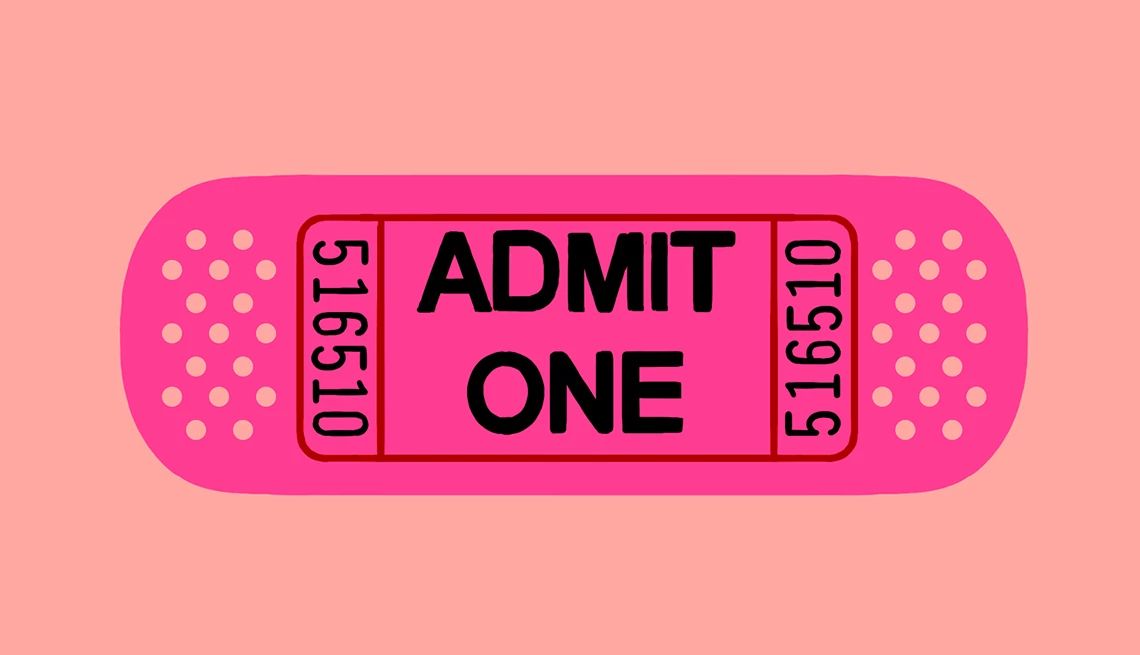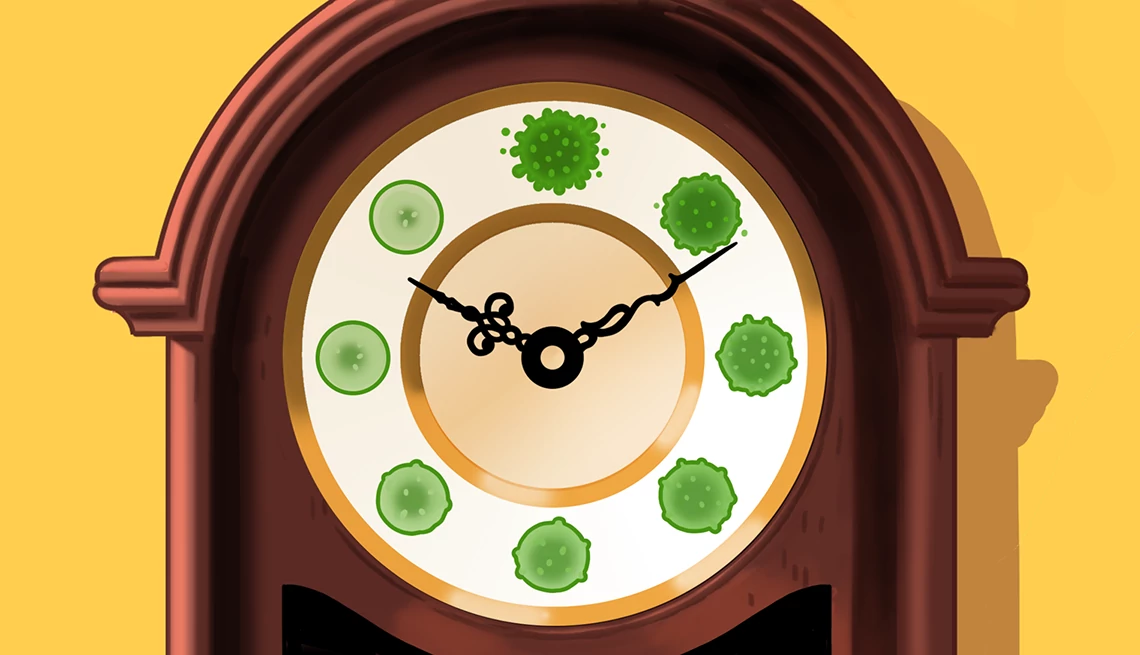AARP Hearing Center


If you’ve had a flu vaccine, chances are you’re no stranger to the sore arm that can linger a day or two after the shot — it’s among the most common side effects. The reason for the soreness, doctors say, has less to do with the needle and more to do with the vaccine inside the syringe.
“It’s activating your immune system,” says Kisha Davis, M.D., a family physician in Gaithersburg, Maryland, and a member of the board of directors of the American Academy of Family Physicians. Just like when you stub your toe and the blood rushes to that area, the same happens when you get a vaccine. “Your arm is kind of calling in the resources to react to what has just happened,” Davis says.
For some people, the soreness is hardly noticeable. For others, it can be more pronounced. “Everyone can have different responses,” says Scott Selinger, M.D., an internal medicine specialist at the Primary Care Clinic at UT Austin Health. And while it’s no doubt a nuisance at the time, there is a silver lining to the side effect: “It’s telling us that your body recognized that vaccine; it’s mounting a response and it’s going to give you that protection later on,” Davis says.
And more good news: There are a few things you can do before, during and after the flu shot — or any vaccine for that matter — to help ease the ache. Here’s what the experts recommend.
Before your vaccine:
- Clear the calendar. Plan to take it easy the day of and the day after your vaccine, in case you feel under the weather. “It might not be good to go play a game of pickleball right after, so think about what other activities you’re going to be doing,” Davis says.
- Drink plenty of water. “It helps move blood flow a lot more easily if you’re not dehydrated,” Selinger says.
- Plan your pre-vaccine workouts accordingly. “Make sure that you haven’t done any rigorous upper-body exercise,” Selinger says.
During the vaccine:
- Keep the arm relaxed. “Let that arm go really loosey-goosey,” Davis says. “The more tense that arm is, the more damage it potentially can do as you’re putting the needle in.” If you truly hate getting shots, consider using a tool meant to distract you from the pain from the needle, Selinger says — you can find them online for a few dollars apiece. The semicircular device has several tiny plastic prongs on it that you hold to your skin around the injection site. “The idea is if you poke a little bit on a bunch of different places, your body doesn’t really feel the main injection,” Selinger says.































































)
)















More From AARP
How to Spot Serious Flu Symptoms in Older Adults
Some can be atypical, and flagging them can be key to getting an effective antiviral Rx
How Bad Will Flu Season Be This Year?
Older adults urged to get influenza vaccines in early autumn
Do You Have a Cold? The Flu? COVID? Or RSV?
A few tricks for telling the illnesses apart